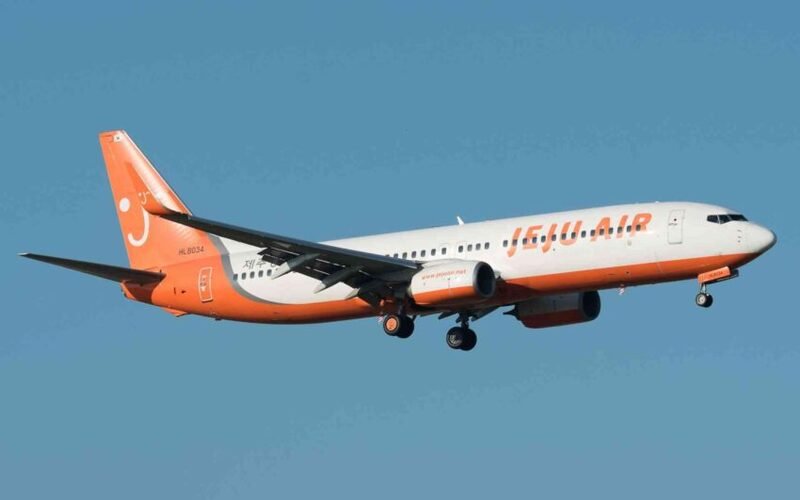A devastating crash involving a Jeju Air Boeing 737-800 jet on December 29 has raised serious concerns about aviation safety. The incident, which occurred while the aircraft was attempting to land at South Korea’s Muan International Airport, tragically claimed the lives of 179 passengers and crew. Only two crew members survived the crash, which marked one of South Korea’s deadliest aviation disasters in recent years.
Evidence Points to Bird Strike
In a new development, bird feathers and traces of blood have been discovered in both engines of the ill-fated plane, according to a Reuters report citing an unnamed source. The discovery bolsters initial suspicions that a bird strike may have caused the crash. However, South Korea’s transport ministry has refrained from officially confirming these findings.
The fatal flight, identified as Jeju Air 7C2216, was en route from Thailand when it encountered trouble during its final approach. Moments before the crash, one of the pilots reported a bird strike and issued a ‘May Day’ emergency call, attempting a go-around to approach the runway from the opposite direction. Despite the crew’s efforts, the aircraft failed to land safely, bursting into flames after a belly landing and subsequent collision with a wall.
Ongoing Investigation Hampered by Missing Data
The investigation into the crash faces significant challenges, including a critical gap in the flight data. The aircraft’s black boxes, which are crucial for determining the sequence of events leading to the disaster, stopped recording four minutes before the crash. This data loss leaves investigators piecing together evidence from other sources to understand the exact cause of the tragedy.
Authorities had reportedly warned the flight crew of bird activity in the vicinity shortly before the emergency call. However, the precise circumstances leading to the crash remain unclear, and a thorough probe is underway to identify any additional factors that may have contributed to the accident.
Understanding Bird Strikes and Their Risks
A bird strike, defined as a collision between an aircraft and one or more birds, can occur during takeoff, landing, or mid-flight. These incidents pose a significant threat to aviation safety, as birds can cause severe damage to aircraft engines, leading to reduced power or complete engine failure. Emergency landings and crashes are potential outcomes in severe cases.
Bird strikes are a global issue, with over 14,000 such incidents reported annually in the United States alone, according to the Federal Aviation Administration. The recent Jeju Air crash underscores the need for enhanced measures to mitigate bird hazards near airports and safeguard flight operations.
A Nation in Mourning
As South Korea mourns the lives lost in this tragic accident, questions about airport wildlife management and aviation safety protocols are expected to dominate discussions in the coming months. The findings from the ongoing investigation will likely influence future measures to prevent such disasters and reinforce public confidence in air travel.
The Jeju Air crash serves as a somber reminder of the fragility of human life and the critical importance of addressing even the smallest risks in aviation.
The post Jeju Air Flight Disaster at Muan Airport Prompts Urgent Questions About Bird Strikes and Safety Protocols appeared first on Travel And Tour World.


